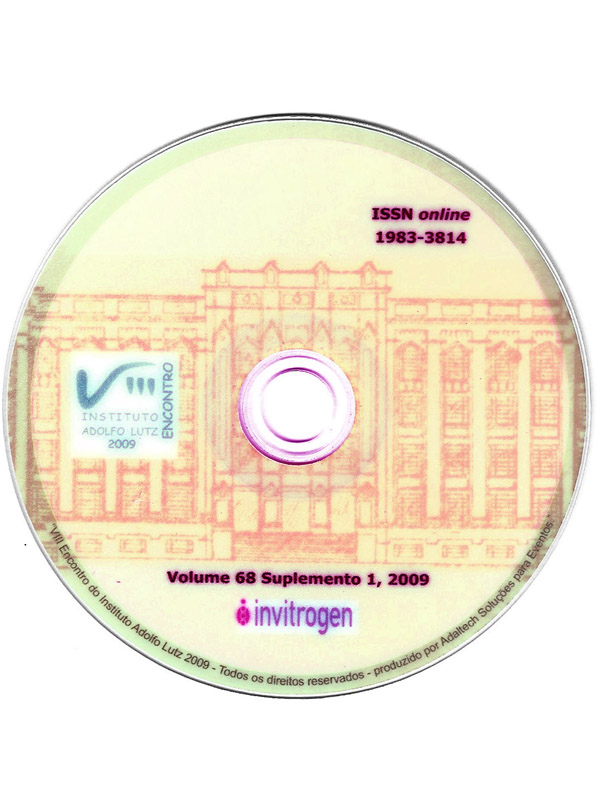Resumo
A group of investigators from Instituto Adolfo Lutz, a Public Health Laboratory in São Paulo, Brazil have been lately evidenced the pitfalls in correctly diagnosing HTLV-1 and HTLV-2 infections in at-risk population, thus an implementation on a new algorithm for HTLV diagnosis has been proposed. The algorithm proposed by the Instituto Adolfo Lutz is similar to that recommended by the Brazilian Ministry of Health for HIV diagnosis, by using two blood samples serially collected. The first sample is for serological screening using two ELISAs of different formats and antigens composition, one of which containing HTLV-1 and/or HTLV-2 lysates. The second blood withdraw is required when the first serum sample results reactive on at least one ELISA. The second blood sample has to be collected on EDTA to retest the plasma for detecting HTLV-1 and HTLV-2 antibodies by ELISA, and also to confirm the presence of HTLV-1 and HTLV-2 specific antibodies by WB. In addition, this sample allows to search pol and tax genomic segments by PCR on peripheral blood mononuclear cells (PBMC). In this preliminary study the samples analyzed at Instituto Adolfo Lutz came from AIDS Reference Centers (14.4%) and HTLV out-patients clinics (85.6%). Of 313 analyzed serum samples 36 were reactive (11.5%). The request for new blood collection was done to the respective assistance sites of 36 patients, but the second blood samples were collected from 9/36 (25%) patients only. In addition, the blood samples were correctly collected from 3 patients only (that is, 67% of received samples were sera instead of blood collected on EDTA). Indeterminate results on WB analysis were detected in 35% of ELISA reactive serum samples, confirming the need of PCR as confirmatory assay. Because of the low number of PBMC samples to this analysis no feasible data were achieved to confirm the actual performance of PCR in routine use. Taking together, these findings restrict to continue using this algorithm for routine diagnosis of HTLV-1 and HTLV-2 at Instituto Adolfo Lutz. Although the proposed algorithm is useful in research setting, it seems to be totally inefficient for routine procedure. According to the obtained results the authors review their position, and propose to use a simple algorithm (one step) for diagnosing HTLV-1 and HTLV-2 using a unique blood sample collected on EDTA for screening and confirmatory assays.

Este trabalho está licenciado sob uma licença Creative Commons Attribution 4.0 International License.
Copyright (c) 2009 EAS Costa, F Jacob, R Feliciano, MC Magri, E Santos-Fortuna, A Caterino-de-Araujo
